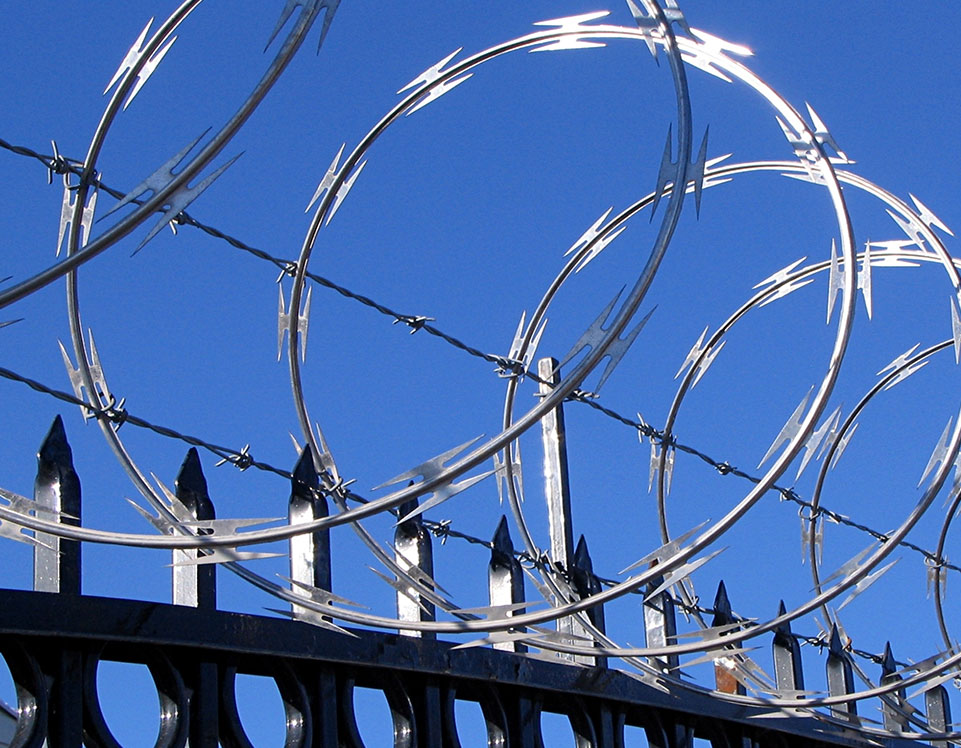The Ultimate Guide to Fiber Optic Security Systems for Your Company
In an age where security worries are critical for businesses, recognizing the complexities of fiber optic technology can be transformative. This overview details just how integrating fiber optic security systems not only enhances information protection yet also supplies advantages like resistance to disturbance and real-time tracking capacities.
Comprehending Fiber Optic Technology

The core of a fiber optic cord consists of a thin glass or plastic center, bordered by a cladding layer that mirrors light back into the core. Single-mode fibers are created for long-distance transmission, while multi-mode fibers are appropriate for much shorter ranges, typically made use of within structures.
Fiber optics are not only much faster however additionally more protected than standard circuitry. Their integral resistance to electro-magnetic interference and the problem of taking advantage of the signal without discovery make them a preferred choice for services focusing on information honesty and safety and security. As companies significantly rely on protected and effective communication systems, comprehending fiber optic innovation comes to be crucial for informed decision-making.
Trick Advantages of Fiber Optic Protection
When considering security options for a business, the benefits of fiber optic systems are specifically engaging. Fiber optic technology offers remarkable information transmission speeds and data transfer capability, making it optimal for dealing with high-resolution video feeds from monitoring video cameras. This capability ensures that protection employees get real-time data, boosting general reaction times to possible safety risks.
Moreover, fiber optic wires are inherently resistant to electro-magnetic interference, which can endanger the stability of traditional copper-based systems. This resistance makes certain that the information transferred remains secure and nonstop, supplying a more reliable safety and security facilities. In addition, fiber optics are much less vulnerable to physical damage, as they are made from glass instead than metal, reducing upkeep prices and downtime.
One more considerable advantage is the boosted scalability of fiber optic systems. As business requirements evolve, fiber networks can be conveniently expanded to fit added safety and security devices without considerable overhauls to the existing infrastructure. Lastly, fiber optic systems provide boosted cybersecurity features, including security capacities that protect sensitive data from unauthorized accessibility. Collectively, these benefits make fiber optic protection systems a durable selection for businesses seeking to improve their safety actions.
Installation Process and Considerations
Considering the intricacies entailed, the setup process of fiber optic safety systems needs cautious planning and execution. The initial action entails a detailed site assessment to recognize optimal places for cabling and devices. This evaluation ought to consider ecological variables, existing framework, and prospective vulnerabilities.

Furthermore, the setup must abide by neighborhood building ordinance and market standards. This might consist of coordinating with various stakeholders such as structure managers, IT teams, and protection personnel to ensure smooth integration with existing systems.
Post-installation, extensive testing is essential to confirm system performance and recognize any type of issues that may develop. By focusing on these considerations throughout the installment process, companies can make sure a robust and reliable fiber optic safety and security system that fulfills their specific security requirements.
Most Current Advancements in Fiber Optic Safety And Security
Current improvements in fiber optic modern technology have dramatically improved the capacities of safety and security systems for companies. One of the most significant developments is the assimilation of fiber optic sensors that can find vibrations and breaches along the perimeter of a center. These sensing units offer real-time surveillance, enabling fast feedback to possible breaches.
Furthermore, the growth of distributed fiber optic noticing modern technology permits the constant surveillance of large areas with a solitary fiber wire. This method not only minimizes installment costs but likewise boosts the integrity of keeping track of systems by removing the demand for multiple, separate official website sensors.
Moreover, improvements in multiplexing strategies have actually enabled companies to transmit large amounts of information over fiber optic networks, improving the capacities of video clip security systems. High-def video clip feeds can currently be sent out over lengthy ranges without loss of top quality, making certain that security personnel have accessibility to clear and workable info.
Finally, the usage of expert system (AI) in combination with fiber optic systems is changing hazard discovery. AI algorithms can evaluate data from fiber optic networks to determine unusual patterns or actions, allowing for aggressive protection procedures. These advancements jointly represent a significant jump ahead in fiber optic safety and security technology.
Picking the Right System for Your Organization
Picking the appropriate fiber optic security system for your company is essential for guaranteeing optimum security and comfort. To make an informed selection, evaluate your details protection requirements, considering variables such as the dimension of your premises, the nature of your procedures, and prospective vulnerabilities.
Begin by examining the degree of protection needed; for example, risky environments might necessitate innovative systems with integrated security and invasion discovery capabilities. Next off, consider scalability; as your organization grows, your protection system ought to be qualified of expanding to suit enhanced needs without significant overhauls.
Additionally, examine the integrity and efficiency of various systems. Look for suppliers with well established reputations and customer reviews that testify to their service high quality. It's additionally advisable to ask about the innovation's compatibility with existing facilities, ensuring a weblink seamless combination procedure.
Final Thought
In final thought, fiber optic safety and security systems present a robust solution for boosting company security facilities. The latest technologies additionally bolster the performance of these systems, ensuring that organizations remain safe and secure and adaptable in an ever-evolving hazard landscape.